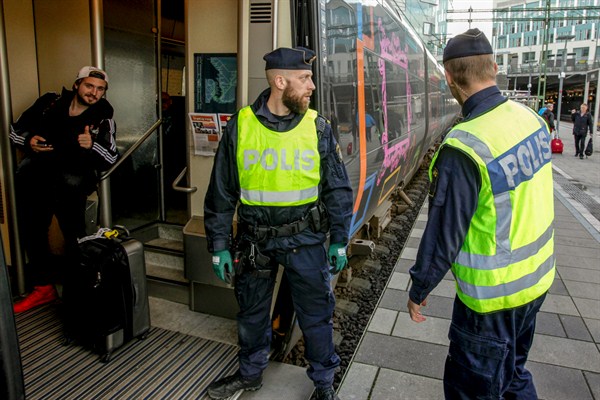In March, Swedish authorities said they had made a record number of drug-smuggling arrests since the start of 2018, following another record-breaking year in 2017. So far this year, Swedish customs authorities have seized more than 2,000 pounds of cannabis, over 725 pounds of cocaine, 307 pounds of amphetamines and 88 pounds of heroin coming in from outside the country. Sweden has long had one of Europe’s most restrictive drug policies, based on a zero-tolerance approach to eradicating drugs from society that is still highly popular domestically. In an email interview, Henrik Tham, a professor emeritus in the department of criminology at Stockholm University, describes Sweden’s approach to drugs, how its policy has evolved, and why strong public support “may be a reflection of the type of information” that Swedes receive about drugs.
WPR: How would you characterize Sweden’s approach to drug prevention, and what are the defining principles of Swedish drug policy?
Henrik Tham: Swedish drug policy officially stands on three legs: information, treatment and criminalization. The government has implemented a strong information campaign in schools on the detrimental effects of using drugs, as well as alcohol and tobacco. The treatment component has mainly consisted of placing drug users in “treatment collectives” run by private organizations or NGOs. Substitution programs, in which drug users are provided synthetic drugs like methadone and buprenorphine, are also used, as well as compulsory treatment in closed institutions. The criminalization component includes repression of drug use through criminal law and criminal justice, with relatively long prison sentences.

